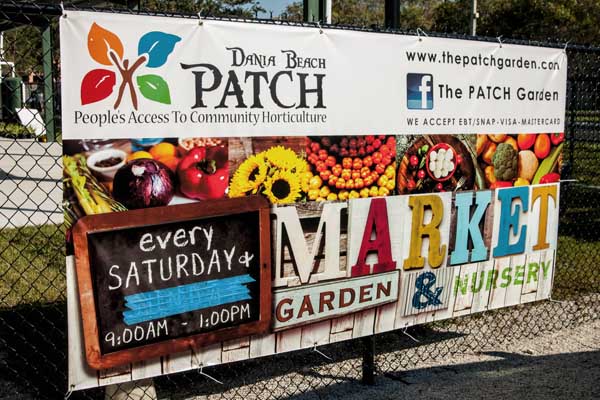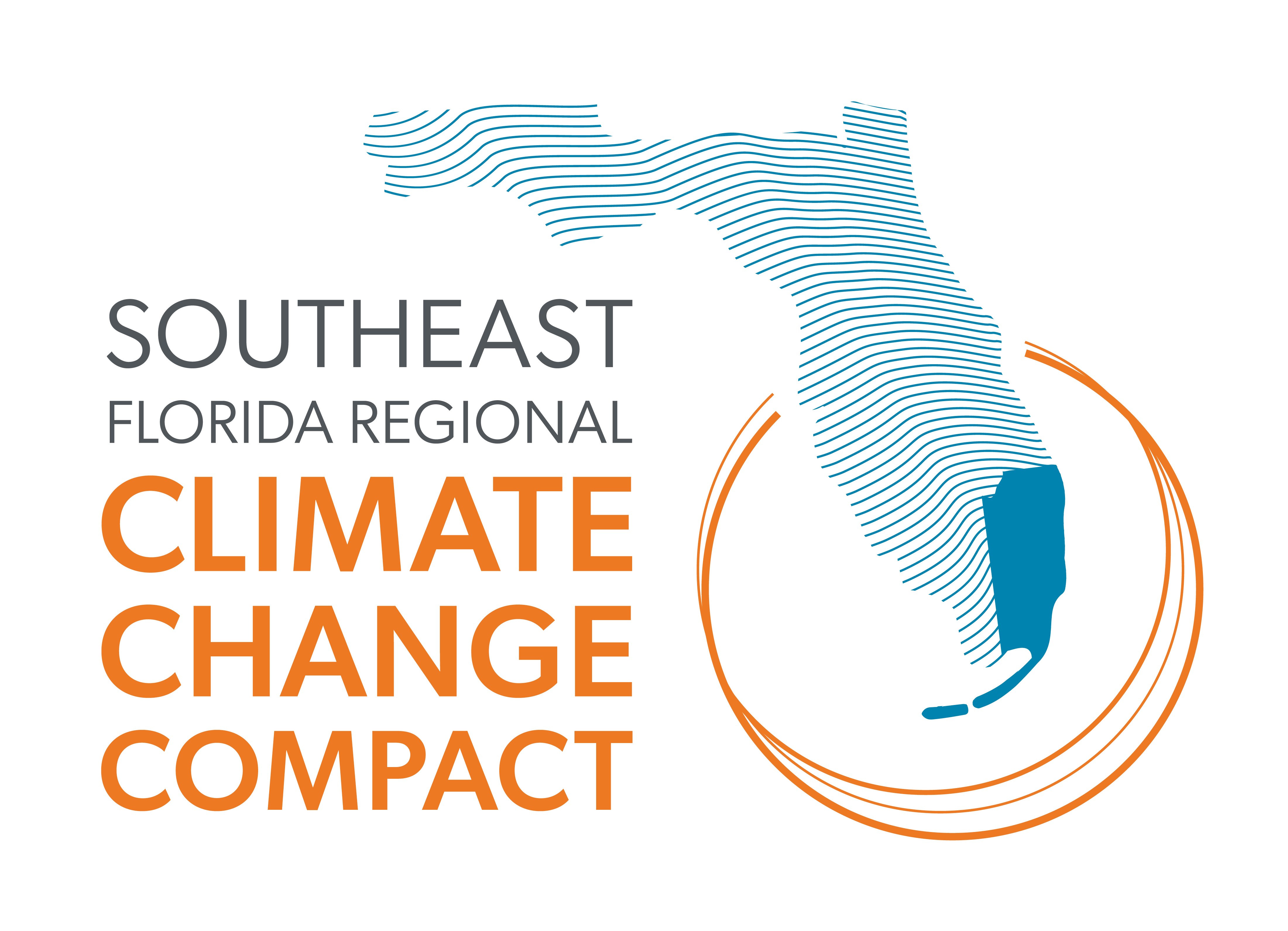
News
Dania Beach Creates Urban Farm Business Model
January 16, 2015

RCAP Recommendations Achieved:
SP-17: Analyze potential blighted sites and develop an approach for converting underutilized or unused properties and structures, including properties in financial distress, into community gardens or farmers’ markets. (i.e., Redfields to Greenfields).
AG 1: Promote policies which preserve the economic viability of agriculture as the industry adapts in the face of climate change.
AG 3: Support academic research in the agriculture sector on best management practices for crops presently grown or new crops which may be grown as climate conditions change in southeast Florida.
AG 4: Provide incentives to growers/land owner to manage agricultural lands to lessen impacts of climate change regionally, and provide environmental benefits which may include, but not be limited to: open space, water aquifer recharge and storage, carbon sequestration, wind farms, biofuels, and wildlife habitat.
AG 6: Identify and reduce obstacles for permitting agricultural practices (including growing and selling produce) in urban areas, in order to encourage urban farming and reduce GHG emissions related to the transport of farm produce.
Program Manager Dion Taylor designed the PATCH business model to be expanded regionally to support a local food system. The business model is designed to accomplish the following objectives:The PATCH urban farm (market garden & community garden) in Dania Beach’s Community Redevelopment Area is now in its second year and is taking off its training wheels and is ready to expand to your CRA or municipality!
- Financial Sustainability: These farms are business enterprises and set up as profit centers that are business plan driven.
- Environmental Sustainability: These farms are built from the ground up to be organic, free of pesticides, and have a complete produce lifecycle model established at the onset. The seed it tracked from seedling to planting to harvesting to consumption and ultimately to composting. Even the surplus produce is donated or converted to “Value-Add” products that are sold at the on-site weekly market.
- Community Outreach & Education: The model details how to establish deep partnerships and alliances with NGOs, Foundations, and Non-Profits to create an eco-system where resources can be leveraged from multiple sources.
- Community Relevancy: These farms undergo a detailed assessment process prior to launch taking in to account the community itself, its history, its residents current state, and its future vision, only then is model recommended.
- Expandability: These farms are built for scale, for those who enter the PATCH CAN! (Community Agriculture Network), the property will supply produce it grows in to the South Florida Food System where the produce is cleaned, packaged, and delivered to commercial customers throughout Broward and Miami Dade. Customers include restaurants, schools, hospitals, assisted living facilities, etc.
- Turn Key Solution: As a member of PATCH CAN! Municipalities will enjoy the benefits of pre-approved vendors who will supply materials such as irrigation, grow bags, seeds, soil, etc.
Other recommendation for success include:
- Create a sub-team to work on creating template code and zoning guidelines, and work with a few surrounding cities to implement as a pilot.
- Pull transit, MPO, DOT, into the discussion around food. In solving the problem of access, we can grow food closer to where people live, we can provide better transportation/routes to the food,&/or we can bring the food right to the people. Maybe Bus hubs can become first Food hubs?
- Do your part to connect resources and rescue available food. See if your cafeteria, local restaurants, agency vendors and community events collect unserved food for pick up by local food banks. If you want to start a volunteer base to assist large events you are running, call John to get important tips for success!
Planning options to consider:
- Flexible Policies and Zoning can allow for community gardens/urban farms in open space or allow for temporary or conditional use of vacant lots.
- Support Local Food Production/Processing/Distribution by offering farmland tax incentives, allows farmers’ markets in public spaces, provide business incubators, etc.
- Ensure Social Equity by providing low income communities with transportation access, neighborhood grocery stores, and an effective emergency food infrastructure.
- Fold food system planning into Land Conservation and Green Infrastructure planning.
- Incorporate health into the comprehensive plan, including food and active living, or create a stand-alone element focused on health indicators.
- Protect agricultural land in the Land Use Plan and expand support for commercial and non-commercial agricultural activities on all land uses, especially public vacant land.
Access to healthy food matters. Currently, diabetes is the 7th highest cause of death in the United States and accounts for $245 Billion in direct and indirect medical costs. In Broward County, diabetes deaths are 57% higher in “Food Deserts”. (Food Deserts are defined as a census tract with substantial low income populations that have low access to affordable, healthful food.) Estimates suggest that by 2050, 1 in 3 Americans will develop diabetes, a largely preventable disease caused by health determinants such as food insecurity.
For more information, contact:
Jeremy Earle
Dania Beach – CRA Director
jearle@ci.dania-beach.fl.us
Dion Taylor
Dania PATCH garden manager and owner of ENO Consulting Group
dion@eno-cg.com
Anthony Olivieri
FHEED LLC & TOUCH Broward
Anthony@fheed.com
Janisse Schoepp
Health Foundation of South Florida
jschoepp@hfsf.org
